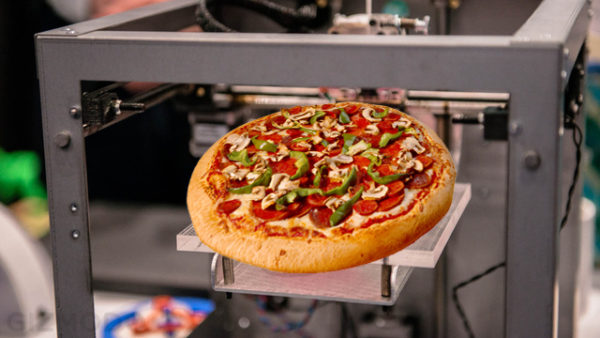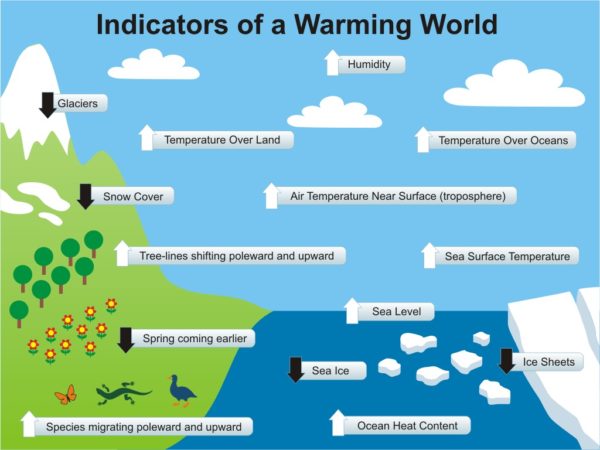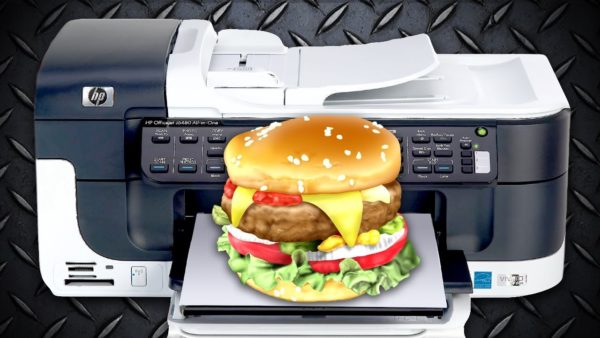
Some observers have predicted that the world will soon face a population crisis. According to the United Nations, the world’s population reached 7 billion on October 31, 2011. This means the world now has a population of more than 7 billion people. It has been projected that by the middle of this century, the population will reach 10 billion. Some experts even put the figure higher.
As the population keeps on increasing, so will humans have to keep searching for food, water and other basic necessities of life to continue living. The world is already running out of fresh water, and currently, food is also becoming increasingly scarce. Increasing unreliable weather patterns due to climate change is causing crops to fail.
The situation will not be pleasant by 2050, if the weather patterns keep getting worst. The world will face disaster: food will become very scarce and many will probably die of starvation. Already, it is even happening in some parts of the world.
This has put researchers on their toes to find an alternative solution to the traditional way in which food is produced. The new idea is that there can be a printer that would print food easily, making it safe, cheap and affordable to everyone.
For the past 30 years, the world has seen rapid advances in the quality of printers. There is now greater diversity in the materials that we can use printers to print. More people are creating and sharing designs, and it is through these examples that researchers have figured out how to use the printer to print cheap food.
The freelance technology journalist and blogger, Matthew Young, who writes for the Plaid Zebra, reports that a senior mechanical engineer at the American Systems and Materials Research Corporation, Anjan Contractor, has said that he has found a potential solution to end the food crisis.
Mr Contractor is said to be planning to reduce the primary nutrients in food (the fats, proteins, and carbs) to powder. Contractor explained that the substance can then be mixed with oils and water to make food substitutes by way of a 3D printer extruder. The end goal is a sustainable and safe way for people to make food, in the event that they do not have access to fresh ingredients. Furthermore, Contractor is also hoping to tackle individual dietary needs.
With a 3D printer, Contractor believed people could make different foods out of the same ingredients. Recipes would be made freely available and open-sourced, so anyone can use them. Currently, Contractor is said to have won a grant from NASA to pursue his idea and create a working model of a 3D printer that can make pizza for NASA’s astronauts.
According to Matthew Young, the idea of using 3D printers to make food did not originally come from Mr Contractor. Young reports that many scientists have discussed in the past how it would work, and what the advantages might be. He mentions two scientists: Jeffrey I. Lipton, a Cornell Ph.D. candidate in engineering, and Hod Lipson, a Cornell engineering professor, as being the initiators of the food printing idea.
Lipson first looked to the democratization of the printing process as a strength. Printers are becoming cheap enough for home use, and people can now experiment with them. In addition, the recipes are free and easy to share, because they are little more than lists of machine instructions. These two factors encouraged Lipson to believe that printing food will be possible. Lipton, on the other hand, saw the potential for making customized food. He envisioned a world where parents could print out healthy food in novelty shapes for their kids.
Although 3D printing of food is still in its infancy, some scientists are skeptical of the idea. Some believe the goal of making food from a powder is unlikely to hit mass-market acceptance. But other scientists also say that over time, it might become necessary, once people develop a need for food that will last longer.
You want to support Anonymous Independent & Investigative News? Please, follow us on Twitter: Follow @AnonymousNewsHQ
This article (New Idea: Researchers Looking to Develop 3D Food Printer to Help End World Hunger) is a free and open source. You have permission to republish this article under a Creative Commons license with attribution to the author and AnonHQ.com.











Glad we’re getting more disclosure! Thanks Anon! Corey Goode tells us the Secret Space Program — so countless other programs and huge corporations — have had this tech for a long time. Corey most liked the printed roast beef.